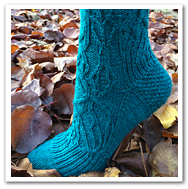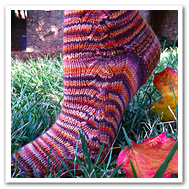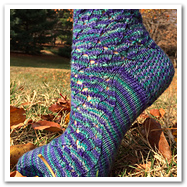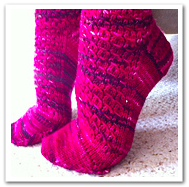As I’ve been plagued lately by lower back pain, I, of course, assumed that everyone else had the same issue. Thus I thought it might be good to bring in a guest blogger with some actual information.
Back Pain 101
In a survey by the Centers for Disease Control and Prevention, 25% of Americans over the age of 20 reported having suffered pain that lasted 24 hours or more at least once over the past year. Among people over the age of 65, almost 60% had pain that lasted a year or more. One of the most common forms of pain is back pain. In fact, the average American can expect to suffer from back pain at least once in his or her lifetime. For many people, back pain becomes a long-term problem.
The back is a miracle of engineering. It helps us to stand upright but also gives us the flexibility to bend and twist. It protects the spinal cord and is able to withstand the tremendous forces of walking, running, stepping, and lying down.
The back bone consists of a stack of 24 individual bones called vertebrae that rest one on top of the other. If you’ve ever studied anatomy, you know that these vertebrae are of different shapes at different points along the back. The vertebrae around the neck area (the “cervical spine” area where the vertebrae are typically labeled C1, C2, and so on) are much smaller than the vertebrae of the lumbar or lower back region. The vertebrae around the chest or thoracic cavity have the least flexibility and are anchored or stabilized by the ribs. At the end of the vertebral column is the sacrum and the tailbone, which do not look like the other vertebrae. In fact, the sacrum and the tailbone consist of several bones fused together.
Working together with the vertebral column are muscles, tendons, ligaments, and nerves. Considering the complexity of the system, it is no wonder that the back can be vulnerable to certain types of injury.
Back pain may seem simple, but it is actually exceedingly complex. There are many causes of back pain and, as such, not all back pain will respond to the same treatment. People with back pain must consult with a physician in order to get the right diagnosis, that is, to learn the cause of the problem.
Some back pain may be caused by a muscle sprain or spasm. Characteristics of this type of back pain include a sudden onset and the fact that it usually diminishes and eventually goes away over time, typically in a few days or weeks.
Some other things that can produce back pain include arthritis, osteoporosis, and sciatica. Arthritis is a degenerative disease meaning it causes the joints to wear out. Osteoporosis is a condition where the bones get thin, porous, brittle, and susceptible to injury including fracture. Sciatica is a condition where the sciatic nerve becomes inflamed. The sciatic nerves run from the back on each side over the buttock and down the leg.
Back pain can also be caused by a skeletal abnormality, that is, being born with a vertebral column that has some kind of curve or malformation that produces pain. Scoliosis, for example, is a condition where the spine curves to one side.
The vertebrae have discs in between them that act like shock absorbers to cushion the stress the vertebrae undergo when a person walks, runs, or moves around. These discs are made of a soft material that can be damaged. If the disc ruptures or bulges out of place, it can put pressure on a nerve and cause pain. Not every ruptured or herniated disc causes pain and the pain caused from such a problem varies widely among patients. It may be mild or it may be severe.
There are many other conditions that can cause back pain. When the damage to your back is caused by some trauma or injury, you need medical care so that the damage can heal correctly. However, if your back pain is caused by a chronic degenerative condition or a skeletal defect, you may always have to deal with some degree of pain.
Pain management tactics that have worked with some back pain patients include an ice pack on the affected area or a heating pad, warm showers, topical pain relievers, and massage. Many people find relief for back pain by seeing a chiropractor. When you are well enough, you may benefit from exercises designed to help strengthen the muscles that support the back.
There are situations where you may need to take a pain reliever for back pain. This is a good topic to discuss with your physician. While over-the-counter pain relievers can provide relief, these are real drugs that must be taken with care. Read the instructions and do not take more than you should or take them for a long period of time. If you need long-term pain relief, you must discuss this with your physician to find the best solution for you.
Back pain is not uncommon. But it can be complex, and you need to find out all you can about your particular type of back pain in order to get the most appropriate care.
About the Author:
If you or a loved one suffers from chronic pain, join the community at http://associationofchronicpainpatients.org/ to help raise awareness about chronic pain. This article was written by Jo Ann LeQuang of the ACPP.
Original Article URL: http://www.submityourarticle.com/articles/easypublish.php?art_id=126180

 MamaO is Heather Ordover, author, designer, mother and knitter... not necessarily in that order. You can get posts from this blog sent directly to your inbox by signing up below, Follow her on Twitter and Like her on Facebook if you're feeling friendly-like.
MamaO is Heather Ordover, author, designer, mother and knitter... not necessarily in that order. You can get posts from this blog sent directly to your inbox by signing up below, Follow her on Twitter and Like her on Facebook if you're feeling friendly-like.
























